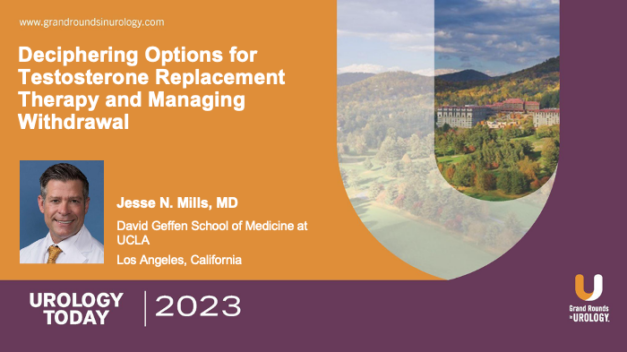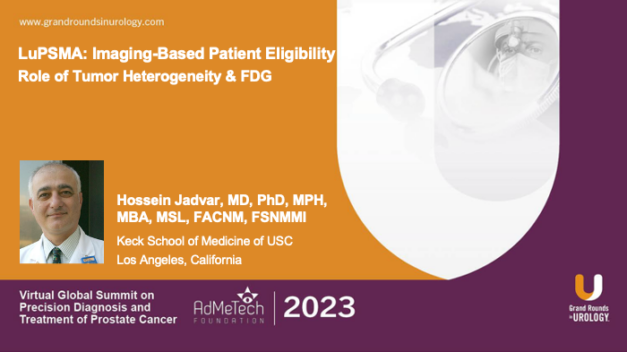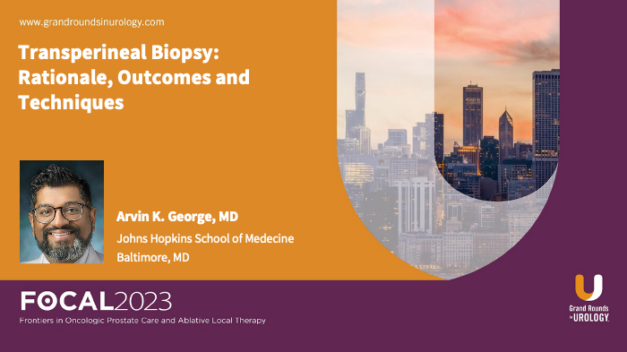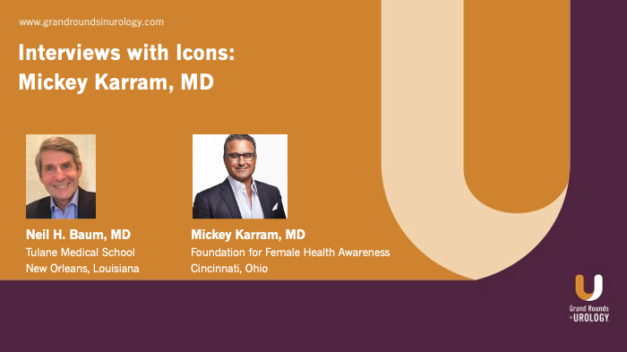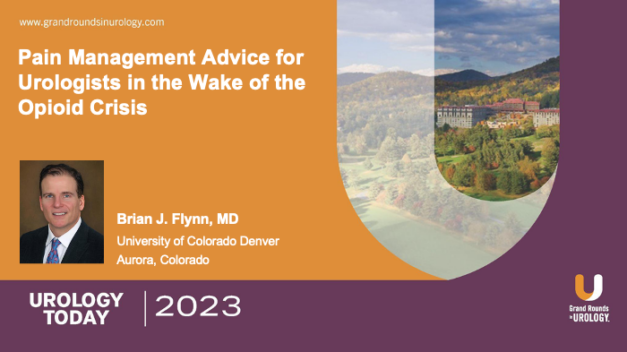Deciphering Options for Testosterone Replacement Therapy and Managing Withdrawal
Jesse N. Mills, MD, discusses the importance of testosterone replacement therapy and presents an algorithm for determining treatment and managing withdrawal. He begins with an overview of the history of the study of testosterone, from the first recorded effects of castration to the warning against the over-prescription of testosterone therapy issued in 2015 by the FDA.
Dr. Mills discusses the AUA guidelines for testosterone replacement therapy and the lack of on-label options for treatment. He presents options for on-and-off-label testosterone replacement therapy.
Dr. Mills then presents an algorithm for determining the best treatment option for the patient, beginning by addressing male fertility concerns. He addresses questions of lab work, transference, insurance, administration, and other patient and physician concerns.
Dr. Mills concludes with the discontinuation of testosterone replacement therapy and when it is indicated. He discusses the available options for weaning patients off of testosterone, cautioning strongly against abrupt discontinuation.
Read More
